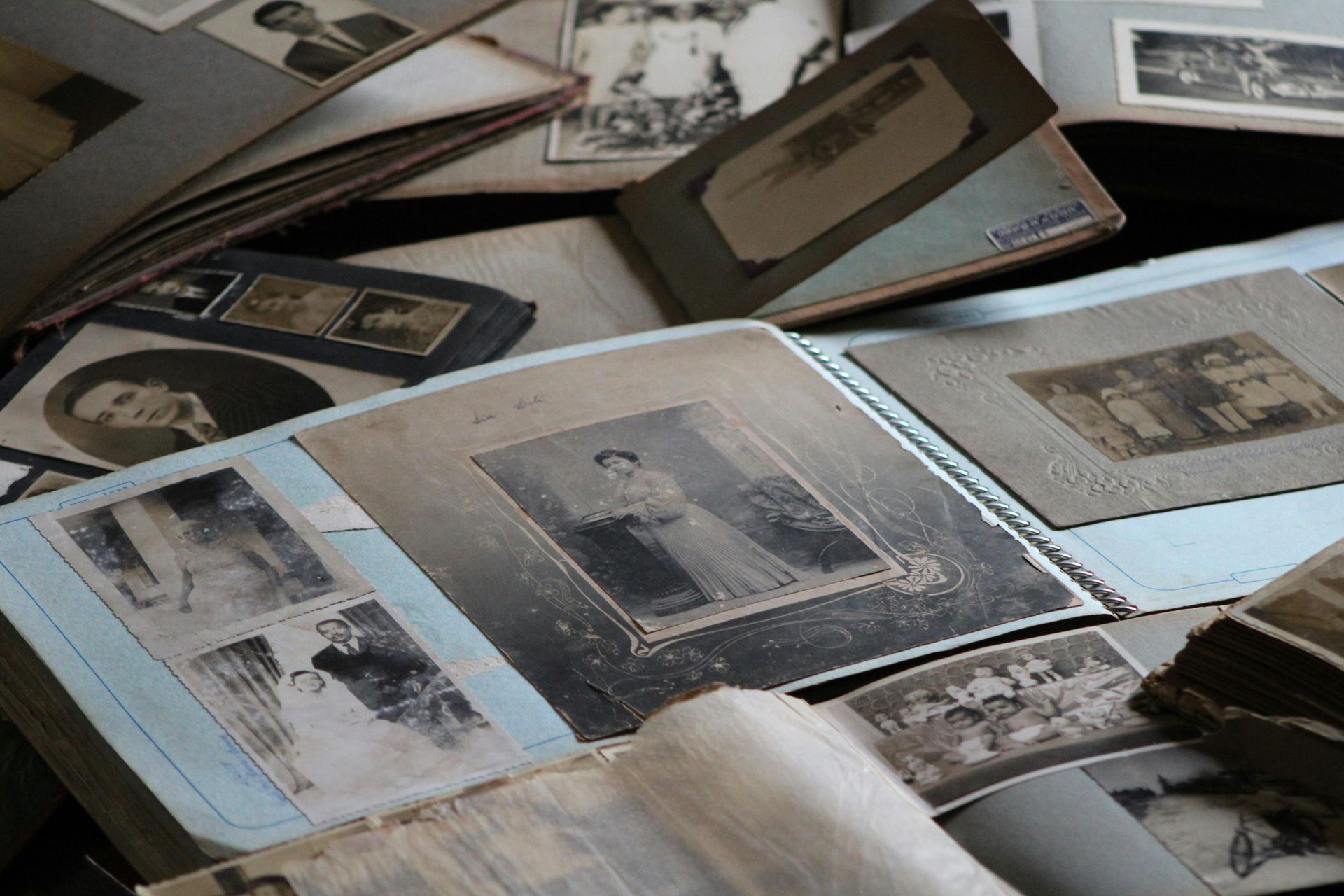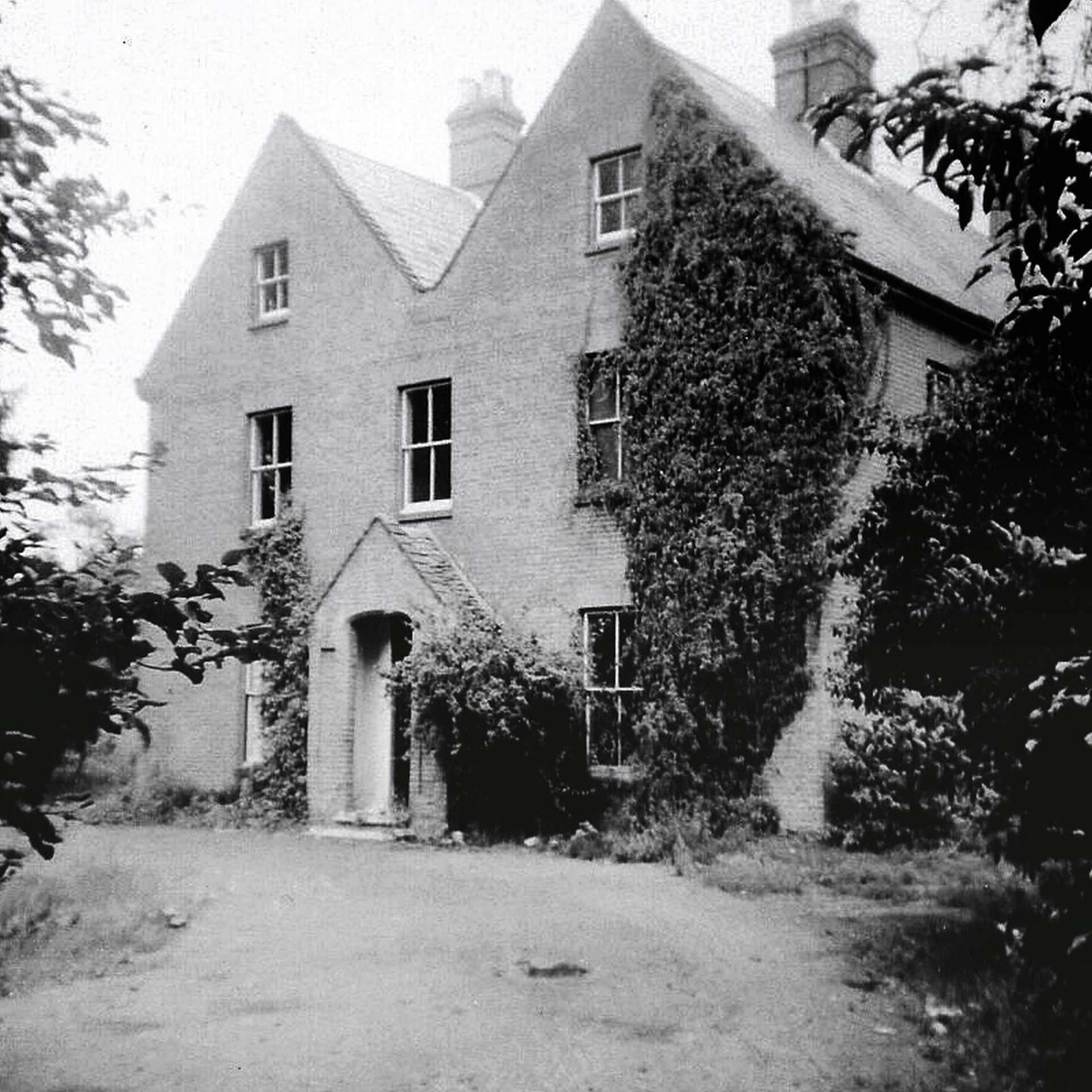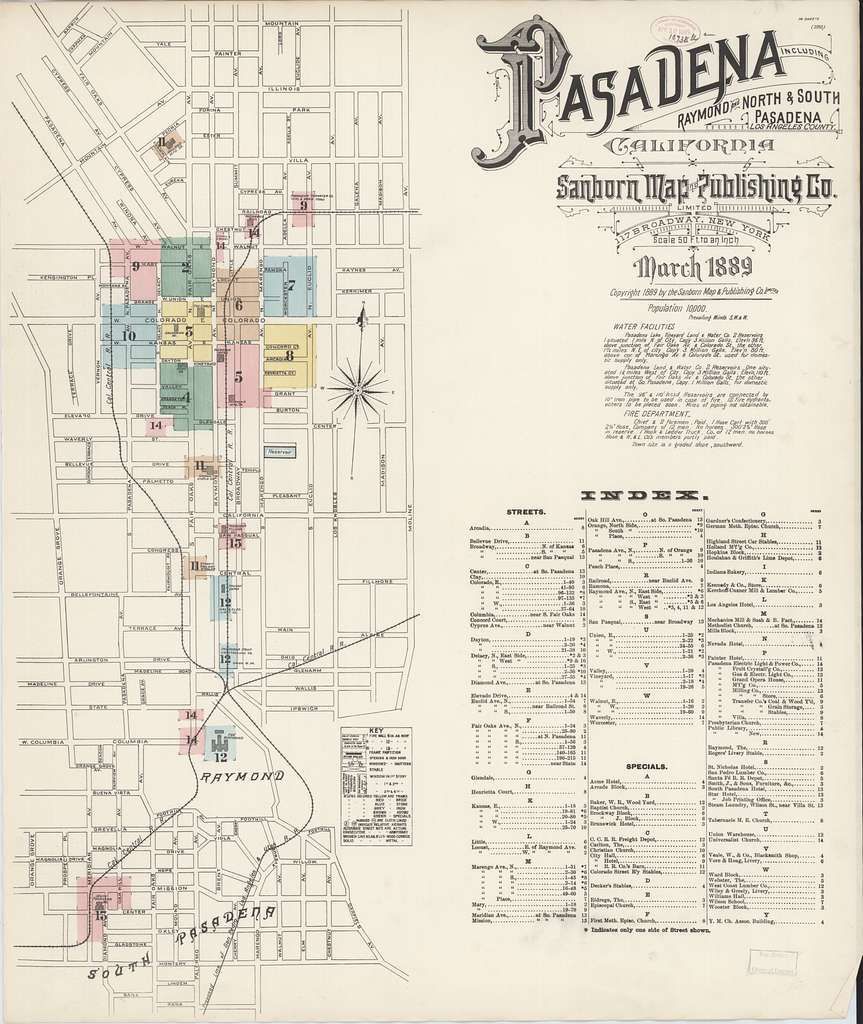Start smart, stay organized, and cite as you go.
Getting your family tree right from the first click saves hours later. This starter checklist walks you through a simple, one-sitting setup: create a tidy folder system, interview a relative, build a clean three-generation tree, and attach at least one solid source to each person. You’ll learn a quick file-naming method, begin a research log, and flag any conflicts so your tree stays accurate as it grows. Expect 60–90 minutes, a calmer workflow, and a clear list of “next records” to find.
Quick Overview
- Time: 60–90 minutes to complete the starter steps
- What you’ll end up with: a clean folder system, a first 3-generation tree, and a list of next records to find
- Goal: accuracy over speed; everything you add has a source
Before You Start
- Decide your focus: paternal line, maternal line, or both
- Pick a starting person: usually you or a grandparent
- Create a project folder:
FamilyTree/on your computer or cloud drive -
01_Tree(your working file or site export) -
02_Profiles(one folder per person) -
03_Records(census, certificates, directories, etc.) -
04_Photos(originals + edited) -
05_Notes(research log, to-dos)
Tools (choose one primary)
- Software/website: Ancestry, FamilySearch (free), MyHeritage, RootsMagic, or Family Tree Maker
- Note system: Google Docs/Sheets or Notion/Obsidian
- File naming:
YYYY-DocumentType-LastnameFirstname-Location.ext - Example:
1940-Census-SpicerReginaldE-GlendaleCA.jpg
The Starter Checklist (print or copy/paste)
- Interview 1–3 relatives (phone or Zoom)
Capture full names, nicknames, birth/marriage/death dates, places, occupations, religions, and any immigration stories. - Create a 3-generation tree (you → parents → grandparents)
Add exact spellings and maiden names; record unknowns as “—”. - Add one solid source per person
Birth or marriage certificate, census, obituary, draft card, or SSN index. - Attach every source to the person
Upload the image/PDF, add citation notes (who/what/when/where). - Log your work
Start a simple research log with date, repository/URL, search terms, and results. - Flag conflicts immediately
If two records disagree, add a note: “Conflict: birth year 1888 vs 1889; leaning 1889 per certificate.” - Create an Ancestor Profile (template below) for each grandparent
- Make your first “Next Records” list (see the quick wins below)
- Back up your folder to the cloud and an external drive
Ancestor Profile (copy template)
- Full name (incl. maiden):
- Lifespan: (YYYY–YYYY)
- Birth: date | place | source
- Marriage(s): date | place | spouse | source
- Death/Burial: date | place | cemetery | source
- Residences (by year): 19XX—City, State (source)
- Occupation(s): role | employer | years | source
- Religion/Community/Clubs:
- Immigration/Naturalization: date | ship | port | source
- Military: branch | conflict | service dates | source
- Photo(s): filenames
- Notes & Conflicts:
- To-Do / Next Records:
Quick Wins: First Records to Seek
- Census (U.S. 1900–1950): residence, ages, occupations, immigration years
- Vital records: birth, marriage, death certificates (county/state offices)
- Obituaries & newspapers: names of relatives, places, occupations
- City directories: addresses, jobs, spouse names between census years
- Gravesites: Find a Grave / BillionGraves for burial data and relatives
Tip: Work from known → unknown. Start with the most recent proven facts and step backward.
Simple Source Citation (don’t overthink it)
Pattern:
Record type, person, place (jurisdiction), date; collection/database, repository or URL, image/page; accessed YYYY-MM-DD.
Example:
1940 U.S. Census, Reginald E. Spicer, Glendale, Los Angeles Co., California; NARA microfilm T627; image on FamilySearch; accessed 2025-08-27.
Naming & Scanning Standards
- Scan photos/documents at: 300–600 dpi (color)
- File names:
YYYY-RecordType-LastnameFirstname-Place.ext - Keep originals: Never edit your original scans; export edited copies
Common Pitfalls (and fixes)
- Assuming without proof: Always attach a source before moving on
- Merging look-alike people: Compare all fields (age, spouse, occupation, geography)
- Messy folders: Rename as you go; file each item into the right person’s folder
- No research log: You’ll repeat the same dead ends—log saves hours
Privacy & Sharing
- Living relatives: record details privately; don’t publish without permission
- Exports: keep both an open format (GEDCOM) and a PDF snapshot of your 3-generation tree for sharing
Next Steps (when your starter is done)
- Expand to 4th–5th generations (one line at a time)
- Add photos with captions (who, where, year)
- Build a migration map (birthplaces by generation)
- Create a keepsake print or book chapter for one branch
Recommended Free/Low-Cost Repositories
- FamilySearch.org (free global collections)
- Ancestry Library Edition (often free at local libraries)
- Chronicling America (historic U.S. newspapers, Library of Congress)
- Find a Grave / BillionGraves (burials & linked relatives)
- State/County archives (vital records, directories, deeds)
Downloadable (optional)
- Turn this post into a 1-page PDF checklist for quick reference. Title it
“Family Tree Starter Checklist – The Heritage Biographer” and keep it in your
05_Notesfolder.
Need a Hand?
- If you’d like a professional jump-start or a review of your first three generations, book a Free Discovery Call. I’ll help confirm your plan and point to the fastest next records.

Starter Checklists
Grab a one-page checklist to kick off your project the right way.
More Tools & Templates
Research Packages
Flat-rate research with beautiful, display-ready results.


